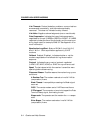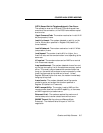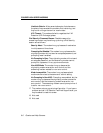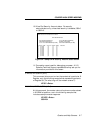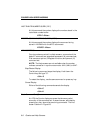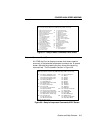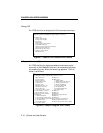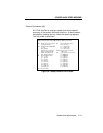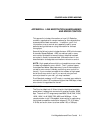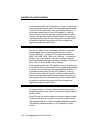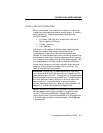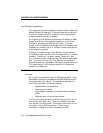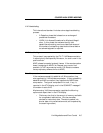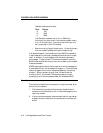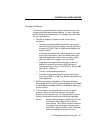
COURIER HIGH SPEED MODEMS
Link Negotiation and Error Control A-1
APPENDIX A. LINK NEGOTIATION (HANDSHAKING)
AND ERROR CONTROL
This appendix includes information on how U.S. Robotics
modems negotiate with remote modems for the rate and other
characteristics of each connection. In addition, you'll find
information on error control and, especially useful, some
statistics and guidelines on using the modem for the best
throughput.
Some of the following text includes the term ARQ, which means
Automatic Repeat Request. ARQ is a method used in many
error control protocols to ensure that any data that has been
corrupted in transit is retransmitted. We use the term in our
documentation to designate a connection under error control.
NOTE: High speed calls are highly vulnerable to errors unless
the data is protected by error control. The V. protocol opera-
tions described below take place even if one of the modems is
not set for error control, thereby prohibiting error control for
the call. If your modem connects with a modem at high speed
but without error control, and if you are not using an error
control protocol for your call, you may lose data.
Dual Standard modems in HST mode, in contrast, are unable to
connect with other HST modems at higher than 2400 bps, unless
error control is negotiated for the call.
V.34 HANDSHAKING
The Courier defaults to V.34 and tries for the highest possible
speed when it attempts to connect with another modem, 28.8K
bps. The entire V.FC range comprises 28.8K, 26.4K, 24K, 21.6K,
19.2K, 16.8K, 14.4K, 9600, 7200, 4800, and 2400 bps. If the
remote modem is not V.34 capable, a connection is made using
the highest compatible modulation scheme (V.FC, V.32 terbo,
V.32 bis, and so on, down to as low as Bell 103, or 300 bps).



